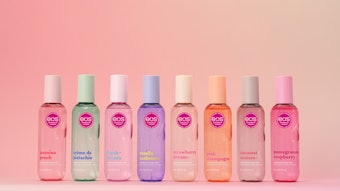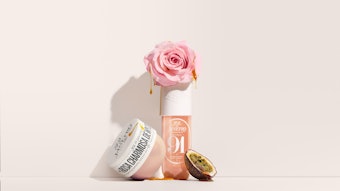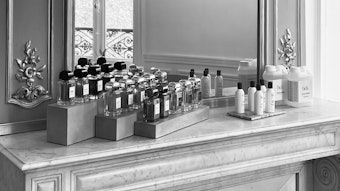
Meanwhile, Krakower keeps an eye on signature in her compositions. The perfumer believes in leaving a bit of her personality in her creations and that identity is a key component of that. Comparing overly safe scents to dull, forgettable people at parties, Krakower says that balanced polarity can achieve interesting love-hate relationships with consumers. “If you [merely] don’t like someone, you don’t care,” she says. “There’s no feeling and energy. The more people that hate something, the more potential there is for a lot of people to love it.”
Customers that carefully employ panel testing, she adds, will be able to harness this type of reaction in the service of competitive advantage. Too often, scents that are widely liked but loved by few sail through the evaluation process, ensuring little longevity. Here, Krakower cites the famous (and rare) case of Angel, which has always enjoyed broad scorn and devotion alike—to great effect. In addition to panel testing, globalization has exacerbated safe scent launches. As companies seek to launch fragrances that have ever-broadening appeal, distinction falls by the wayside. “People want to be individuals,” says Krakower, “they don’t want to blend in. You need to tell a story.” She describes recent successes of clothing retailers H&M and Target, which have successfully created mass clothing with a sense of individuality and exclusivity. As she puts it, “Just because you purchase mass-market clothes doesn’t mean you can’t have a personality.”
Other topics discussed: Tenacity and Competition in the Creative Process, Navigating Fragrance Vocabulary










